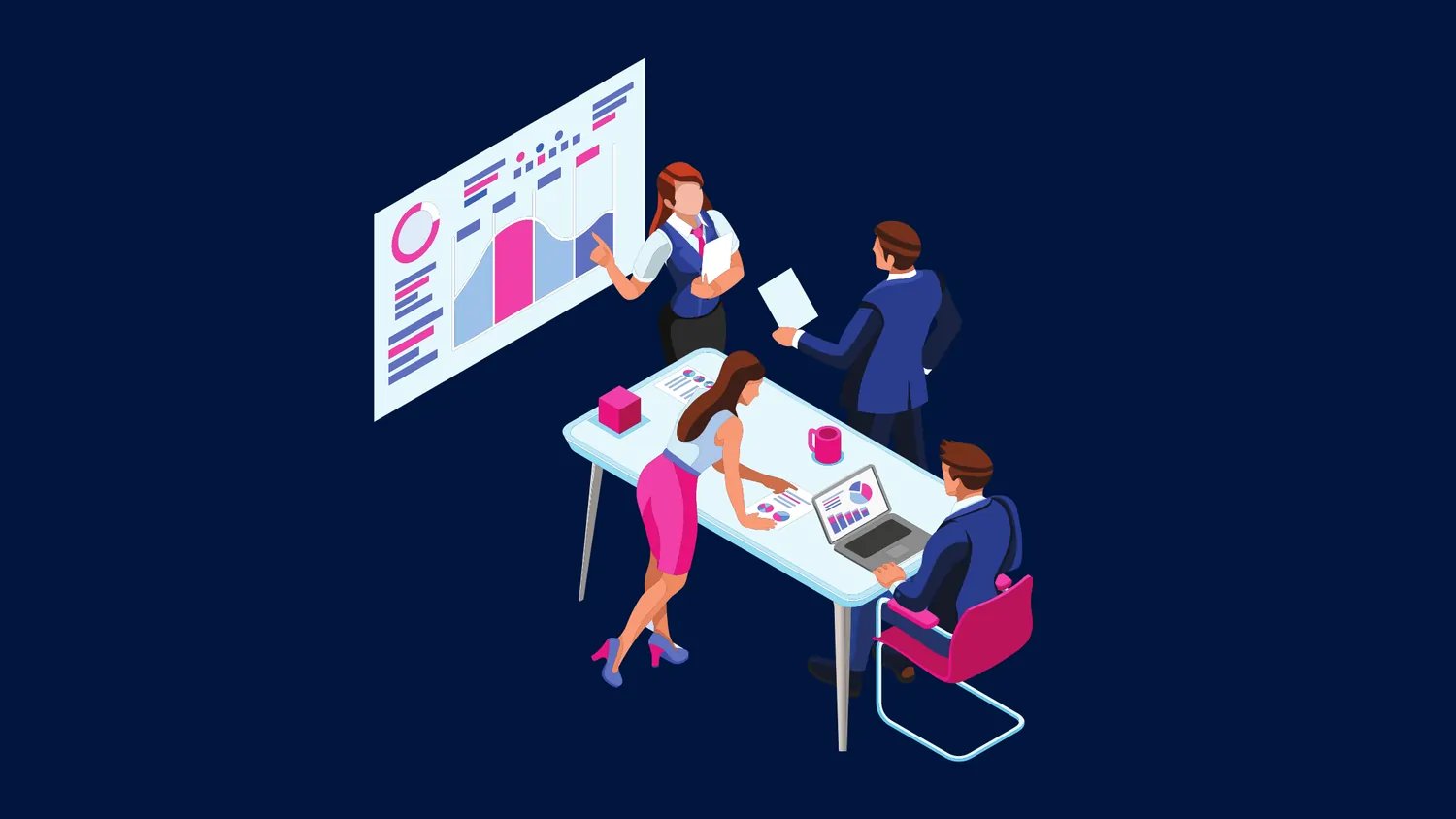5 Important Types of Contracts for Engineering Firms
The engineering contract is the foundation of every successful project. Learn about the types of contracts along with the pros and cons of each.
Developing a practical approach to better prepare for the inevitable reality of scope change helps you ensure every project is a success.

The engineering contract is the foundation of every successful project. Learn about the types of contracts along with the pros and cons of each.
An ERP system makes your engineering firm's processes better than ever before. Find out how your firm can get the best ERP solution to save money and...
Learn the top engineering kpis to track, the easiest tool to track with, and the best practices for implementing each KPI.
Discover the best practices for setting up a strong chart of accounts such as the hierarchy and structure and how to ensure it remains scalable.
Learn best time management strategies to help you make the most of your time so you deliver quality work and boost profitability.
If you're not yet using the Allocation and Forecasting features in BQE CORE, you're missing out on vital information such as predicting workload and...
Analytics and reporting software helps you improve your scalability, resource allocation, firm structure and organization and more.
QuickBooks is a generic accounting software that is popular with most businesses. However, because of the detailed invoicing by the A/E industry,...
Our engineering experts evaluate the top design software for engineers—find out what you can expect from these top industry programs.
Be the first to know the latest insights from experts in your industry to help you master project management and deliver projects that yield delighted clients and predictable profits.